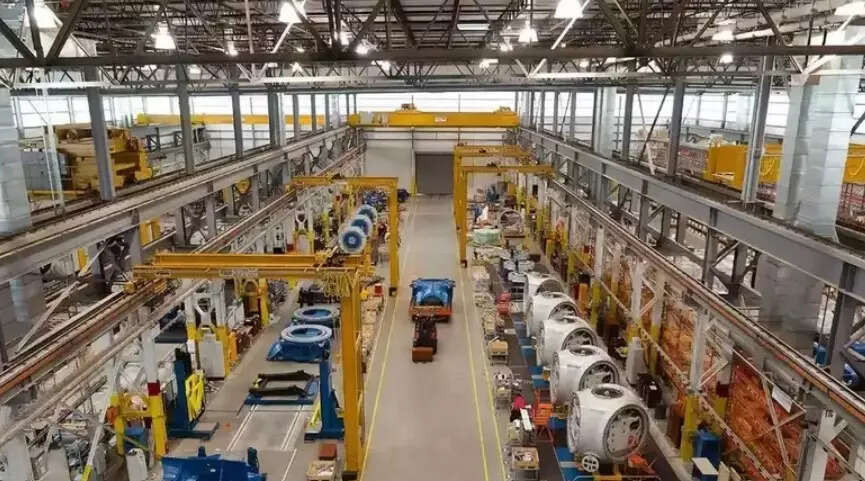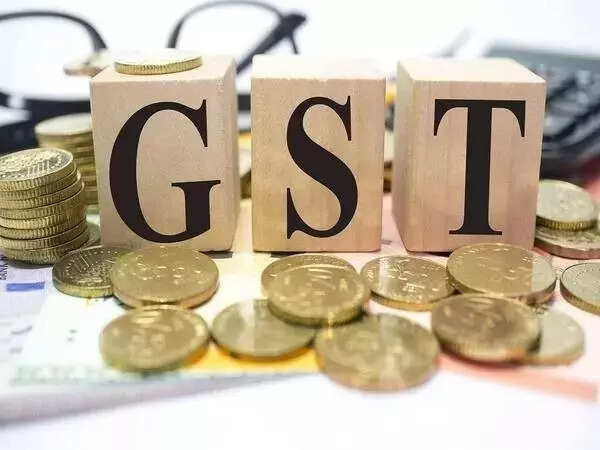Chenab Bridge: A Steel Symphony Soaring Over the Himalayas
Okay, let’s be honest. We’ve all seen bridges. Suspension bridges, cable-stayed bridges, even those quirky wooden footbridges that look like they belong in a fairytale. But every now and then, something comes along that makes you stop and stare, something that redefines what’s possible. The Chenab Bridge, now straddling the treacherous Chenab River in Jammu and Kashmir, is absolutely one of those things.
Forget your garden-variety overpass. This isn’t just about connecting two points; it’s about connecting dreams, ambitions, and, quite frankly, demonstrating some seriously impressive engineering prowess. We’re talking about the world’s highest railway arch bridge, a steel leviathan dwarfing even the Eiffel Tower. Seriously, plant the iconic Parisian landmark on top, and the Chenab would still be taller. Let that sink in.
The sheer scale of this project is mind-boggling. Imagine the challenges involved: the brutal Himalayan terrain, the unpredictable weather, the logistical nightmare of transporting tons of steel to such a remote location. And then, there’s the small matter of building something that needs to withstand earthquakes and strong winds. It’s like nature threw down a gauntlet, and Indian Railways simply picked it up and said, “Challenge accepted.”
What truly resonates about the Chenab Bridge is its underlying story. It’s not just about concrete and steel; it’s about resilience, determination, and the relentless pursuit of progress. This bridge is a crucial link in the Udhampur-Srinagar-Baramulla Rail Link (USBRL), a project aiming to connect the Kashmir Valley to the rest of India via a seamless railway network. Think about the impact this will have on the lives of people in the region. Easier access to markets, better connectivity for trade, and, perhaps most importantly, a sense of integration and belonging.
Building the Chenab Bridge wasn’t a walk in the park. The engineers faced a constant battle against the elements. The sheer height presented immense challenges for welding and construction. Special “wind tunnel tests” were conducted to ensure the structure could withstand the intense Himalayan winds. Sophisticated techniques were employed to ensure the bridge could endure seismic activity. This wasn’t just about building a bridge; it was about pushing the boundaries of engineering innovation.
And the result? A breathtaking spectacle. The sweeping arch, painted a pristine silver, seems to defy gravity as it soars above the riverbed. The entire structure exudes strength and elegance, a testament to the ingenuity and dedication of the thousands of people who worked on this project.
But beyond the technical marvel, there’s also a sense of pride. The Chenab Bridge is a symbol of India’s engineering capabilities, a monument to the nation’s ambition to overcome geographical hurdles and connect even the most remote corners of the country. It’s a tangible representation of progress, development, and a brighter future for the region.
Of course, with any project of this magnitude, there are valid questions to consider. The environmental impact, for instance, needs careful monitoring and mitigation. Sustainable practices need to be prioritized to ensure that development doesn’t come at the expense of the delicate Himalayan ecosystem. These considerations should continue to be front and center as the overall USBRL project progresses.
Ultimately, the Chenab Bridge stands as more than just a connection between two riverbanks. It’s a symbol of hope, resilience, and the power of human ingenuity. It’s a landmark that will undoubtedly inspire generations of engineers and architects, and a reminder that even the most audacious dreams can be realized with enough vision, determination, and, well, a whole lot of steel. It’s a sight to behold, a truly remarkable feat of engineering, and a powerful statement about what’s possible when we set our minds to it. So, the next time you’re feeling like your goals are too lofty, remember the Chenab Bridge – and aim for the sky. Or, in this case, well above it.
📬 Stay informed — follow us for more insightful updates!







